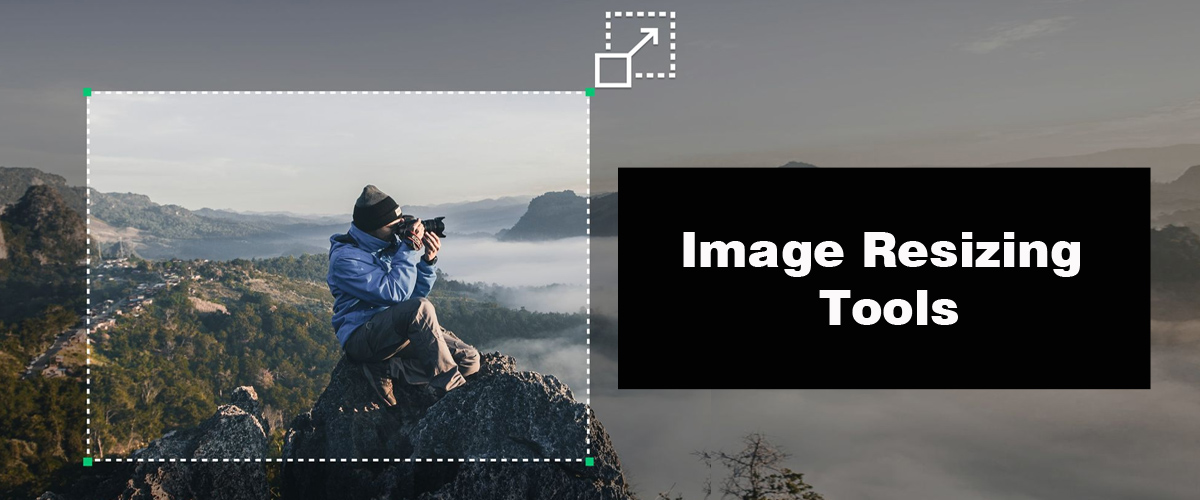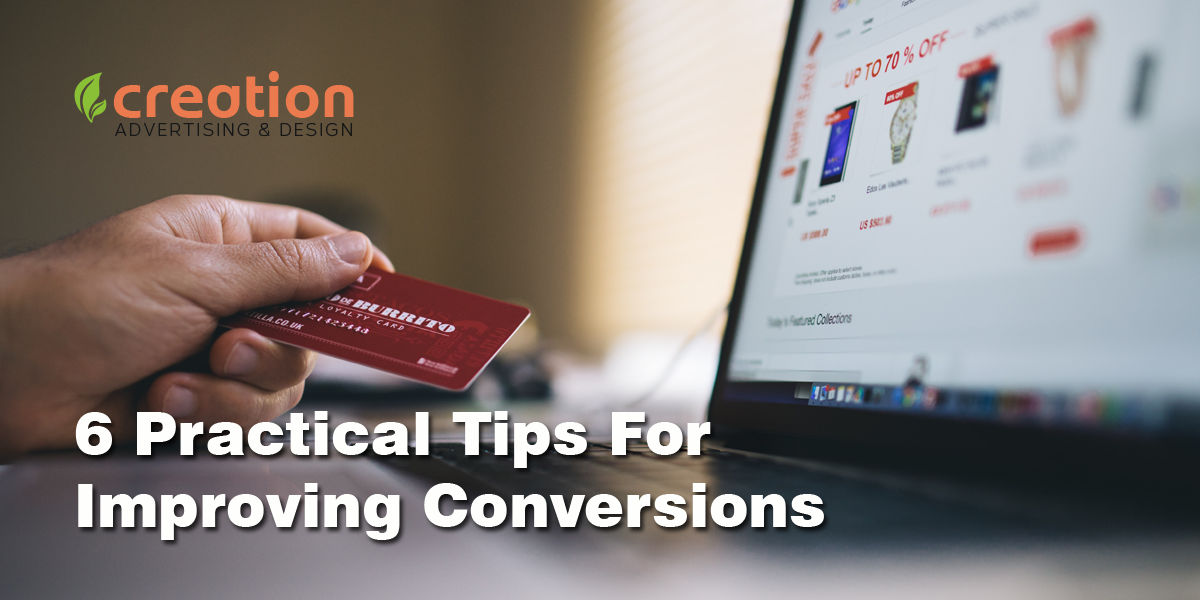Add your feed to SetSticker.com! Promote your sites and attract more customers. It costs only 100 EUROS per YEAR.
Pleasant surprises on every page! Discover new articles, displayed randomly throughout the site. Interesting content, always a click away
Creation Advertising & Design
Creative Marketing To Build Your BusinessWebsite Redesign 3 Nov 2023, 6:44 pm
Friends of Karen redesign goes live.
We are proud to announce our latest website redesign project is complete and live. Friends of Karen is a caring organization that provides emotional, financial and advocacy support for children with a life-threatening illness and their families in order to help keep them stable, functioning, and able to cope. They started in 1978 with one family; one child, Karen MacInnes; and one inspired woman, Sheila Petersen. Since then, they have assisted more than 18,000 children and their families.
Their challenge was that the platform their website was built on was no longer going to be supported (old site shown right). Working with their internal web and marketing team, we helped Friends of Karen transition to a new platform with a new updated responsive design. It also enabled them to have more control and tools to achieve their business goals.
It’s not every day that we get the opportunity to work with an organization that makes such a huge impact in the community and in the lives of families dealing with cancer for their children. We were very honored to work with Friends of Karen on this project. If you or someone you know has a child with cancer and needs help, contact friendsofkaren.org. They are a great resource and have been helping families for over 45 years.

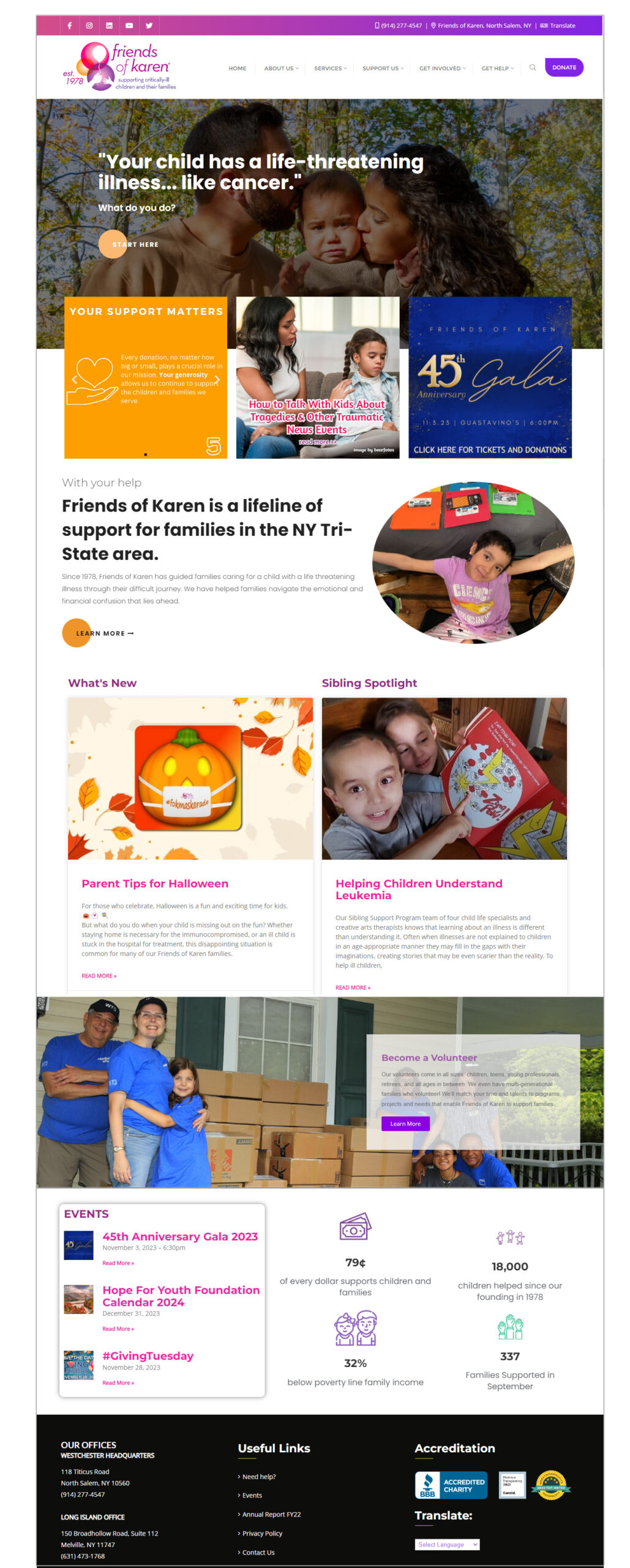
New Responsive Site
The post Website Redesign appeared first on Creation Advertising & Design.
How to create great headlines 4 Aug 2023, 7:49 pm

Headlines and subheadlines are imperative to your content marketing success.
The post How to create great headlines appeared first on Creation Advertising & Design.
5 Tips From Top Converting Websites 18 Apr 2023, 5:32 pm
Five Tips To Help Improve Conversions
Don’t reinvent the wheel, learn from top-performing sites
Whether conversions come by way of a product purchase, file download, or lead form submitted there are many effective techniques to improve conversions on your website. First, we’ve identified the top 5 that top performers do consistently to move the needle.
1. Create a compelling headline
Did you know you have 0-8 seconds to capture the reader’s interest? After 8 seconds, the majority of visitors leave, so you need to make a compelling headline and landing page.
2. Create content for each stage of your customer’s lifecycle
Approximately 96% of visitors that come to your website are not ready to buy. Understanding your audience and nurturing web visitors through the customer lifecycle is key to longevity.
3. Create specific landing pages for your target audience
- The more landing pages you have, the more leads you are likely to get. Targeted landing pages with clear calls to action convert better. Generic catch-all landing pages tend to have higher bounce rates.
4. Use videos to help sell your products
- Product videos can increase purchases of the product by 144%. Videos are a great way to show product applications, how-to instructions for DIY, and convey complex ideas in a short concise format.
5. Test, test, test to know what works and what doesn’t
- A/B testing is the preferred method that has brought a lot of the companies the most success. Testing everything from headlines, layout, images, and text can provide valuable insights to minor modifications that can yield big dividends.
There are many other factors that can affect conversion for your website, but these five are the most commonly used by effective marketers. Here are some additional techniques to try.
- Customer Service – Implementing a “Chat Now” button increased free signup form submission by 31%.
- Credibility and trust – Cars.com recently boosted its conversion rate 2.7% by having a security seal on its site.
- Personalized, solve a problem – Including a pain point in a headline increased conversions by 31%.
- Credibility and trust – Showing testimonials can drive validation.
- Accessibility, ease of use – Having a nice mobile site can double conversions.
- Targeted content – Segmenting your users can increase conversion rates by giving more relevant content to the user.
The important thing is to test and experiment. Each company and audience is different, so find out what works for your target audience.
The post 5 Tips From Top Converting Websites appeared first on Creation Advertising & Design.
Image Guide for Print and Online 7 Jan 2023, 9:08 pm
An Image Guide for Print and Online.
Common aspect ratios, resolution, and image sizes to help you create your next project.
Don’t know which size to use for your image? What resolution should I use for print vs online? Why do my images appear cropped on certain devices? Why are my images taking too long to load? It is critical to have an understanding of image resolution, image size, and aspect ratios, and how they affect the quality and user experience for both Print and online use. These are all important factors to consider when planning and taking your photos.
Understanding Aspect ratios
The aspect ratio of an image or video is the proportional relationship of the width to the height that will be shown as two numbers separated by a colon in an x:y format. For example, a 6×4 inch image has an aspect ratio of 3:2, whereas a 1920×1080 pixel video has an aspect ratio of 16:9.
An aspect ratio represents how large the width is in comparison to the height. This means that an image measured in centimeters will have the same aspect ratio even if it was measured in inches. The relationship between its width and height determines the ratio and shape, but not the image’s actual size.
Aspect ratios are a critical part of web content because images need to be uploaded at different aspect ratios for different uses, like desktop vs. mobile or blog vs. social media. When you use the right aspect ratios, it ensures your images or videos are displayed as intended without stretching or loss of resolution. Having an incorrect aspect ratio for your project can affect the end-user experience.
Common Image Aspect Ratios
Different aspect ratios have different effects on the image being used. An image set in a 1:1 ratio vs. a 5:4 ratio changes the composition and how the photo is perceived.
For example, the image below used in a square format—typical of social media profile pictures or Instagram feed photos—is distinct from the same image framed in a 5:4 ratio.
The background in the 5:4 ratio takes up more space around the subject, placing the subject towards the bottom-left corner. It is crucial to keep the overall composition in mind when selecting an aspect ratio for your image.

1:1 Ratio
A 1:1 ratio means that an image’s width and height are equal, creating a square. Some common 1:1 ratios are an 8″x8″ photo, a 1080 x 1080 pixel image, or typically any profile picture template on social media sites. This aspect ratio is commonly used for print photographs, mobile screens, and social media platforms, but it’s not ideal for most TV or digital formats.
3:2 Ratio
The 3:2 ratio has roots in 35mm film and photography and is still widely used for print sizes. Images framed at 1080×720 pixels or 6″x4″ are set within this aspect ratio.
5:4 Ratio
Last but not least, this ratio is mostly common in photography and art prints, and large and medium format film cameras. When printing 8″x10″ and 16″x20″ images, you’re sticking to the 5:4 aspect ratio.
Understanding Pixels
Now, a pixel itself is a single picture element and, it’s the smallest element that your photo can be divided up into. A pixel can only be one color, and a photograph is made up of a grid of thousands of pixels, each of the different colors that together make up your image.
You can see these pixels if you open a photo and zoom in until you see single blocks of color (as shown below). Each of these blocks is a pixel:
![]()
Pixels and printing
Why size is important when printing
When you’re printing an image, you may hear the term PPI or pixels per inch. This literally refers to the number of pixels in an inch-long line of an image. Most printing services, and your own printer, will require a certain density of pixels in the image (PPI) to be able to render a print that looks good (i.e., with smooth color transitions so you can’t see each individual pixel).
Typical printing PPI values range from 150 to 300 PPI, although some high-end magazines may require images that are 1200 PPI.
- For example, if you want to print a 4 x 6-inch image at 300 PPI, then you need a file that has at least 4 x 300 (1200) pixels along its short side and 6 x 300 (1800) pixels on the long side. In other words, it needs to be at least 1200 x 1800 pixels in size.
To print an 8 x 10-inch image at 300 PPI, use the same math:
- Multiply the printed image’s width and height in inches by 300 pixels. The result is 2,400 x 3,000 pixels, which is the image resolution you need to print an 8 x 10 image at 300 PPI.
Therefore, when cropping and sizing an image for printing, you’ll need to know what PPI the image should be. Your printer manual or printing service should be able to tell you this.
Below is a printer’s screenshot showing their optimal and minimum image sizes for standard print sizes. Their printer outputs at 250 PPI (but can handle 100 PPI images), though other services may differ, so always check before preparing your images.
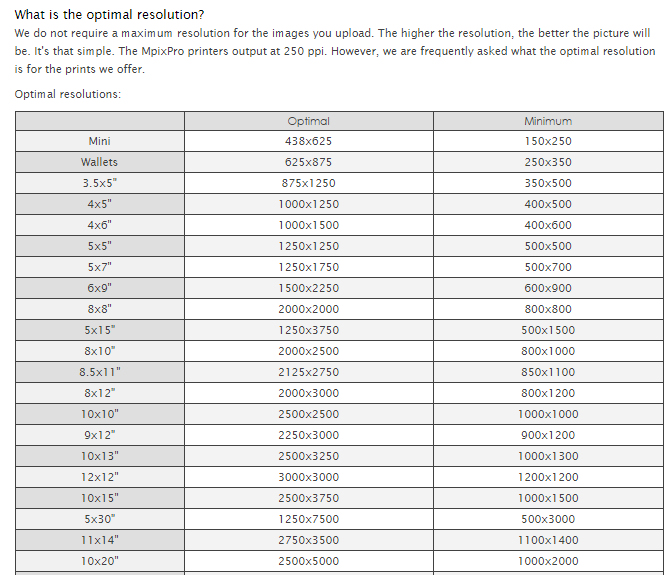
Use the crop or resize feature in your photo editing software to size your image to the desired width and height and the desired PPI resolution.
Here, an image cropped to a size of 3000 x 2400 pixels is being adjusted from 72 PPI to 300 PPI in preparation for printing at 300 PPI. There is no resampling required, as the image is already in the correct dimensions and only the resolution requires adjusting.
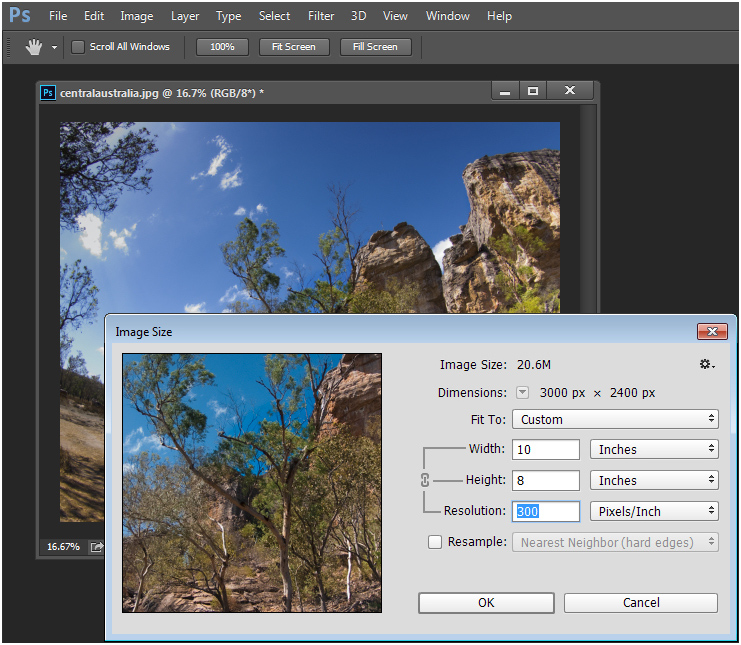
We hope this better explains how to use, and size images for print and for use online.
The post Image Guide for Print and Online appeared first on Creation Advertising & Design.
What’s the difference between SEO, SEM, and SMM? 16 Sep 2022, 12:53 am
What’s the difference between SEO, SEM, and SMM?
Optimizing and marketing your products and services online is essential to grow your business.
There are a few key digital marketing acronyms with which you should be very familiar. Understanding terms like Search Engine Optimization, Search Engine Marketing, and Social Media Marketing will only help your company continue to grow. So what’s the difference between SEO, SEM, and SMM? Let’s take a look at all three.
SEO – Search Engine Optimization
Search Engine Optimization (SEO) is a set of ongoing best practices used for your website and blog to help you get found online via the top search engines like Google, Bing, and Yahoo. These techniques help improve a website’s SERP, or Search Engine Result Page.
There are two types of SEO: on-page and off-page. On-page includes using keywords correctly throughout your web pages, including title tags, H1 through H4 tags, URL structure, alt tags on images, among a host of other practices. Think of the Google ‘snippet’ when you search for something either by typing in the long-tail keyword or speaking it directly to Google or Siri. Good on-page SEO practices will help ensure your company and products/solutions get found by the right people.
Other key on-page SEO techniques include:
- Friendly navigation
- Fast loading pages
- Mobile friendly pages
- High quality on-going content (the most important piece of SEO)
Off-page SEO is just that: best practices that are external to your website and blog. These include back-links (other relevant companies with good Google credibility linking back to your web-pages). Think of these as ‘votes’ received for your content being so remarkable. This ‘voting’ happens when another website links your content in their own blog, using it as a source, giving your content further credibility. Naturally off-page SEO is much harder to achieve because you are relying upon outside sources. One great example of off-page SEO is when a manufacturer rep posts a blog on their website about your factory and brand(s), and you then reference that article in your own blog. And visa versa, right? Factories and reps should be working hand-in-hand along with dealers, consultants, and even end-users to share content that is all in their own best interest. This is how you can really ‘win’ on the web.
Another key aspect of off-page SEO is Social Media Marketing. We will address that in a bit.
SEM – Search Engine Marketing
Search engine marketing is the process of driving traffic to your website using paid online advertising. In other words, you pay Google for Google Ads, ideally your content comes up first driving more awareness and traffic. You may have heard of Pay Per Click or PPC. Today, the cost of GoogleAds and paid campaigns has gone up significantly with search engines like Google and Bing due to saturation of the market, thus leading to the next phase of SEM, paid advertising on social media platforms. See a trend here?
SMM – Social Media Marketing
Inherently, social media marketing (SMM) is part of on-page SEO because of link building. Have you Googled your name lately? Take a look at the first few results. Do you see a link to your LinkedIn profile? Twitter? Facebook? This applies to businesses, as well. Being on these social platforms helps your company, and your brand(s), get found easier.
The goal of SMM is to drive quality traffic to your website, landing pages, and blogs, to get them to engage with you, and ultimately, drive revenue with a trackable ROI. Facebook, Twitter, LinkedIn, YouTube, Pinterest, Instagram, and Snapchat are all social media platforms (or channels) that you can use to drive traffic to your website.
The key to engagement is:
- identifying which platform your buyers are actually on, and
- fully understanding your buyers (or followers) and providing them personalized remarkable content.
For example, if you are a bar and beverage manufacturer targeting bartenders, your content strategy should help bartenders. This information will help you to better educate customers, make you a thought leader in the industry, and keep your brand at top-of-mind awareness. At the end of the day, you are creating your cultural voice online with social media marketing.
An SMM strategy can also include paid advertising across social platforms.
 The good news is we are hear to help. If you don’t have the time, manpower or budget to hire a full time person to handle each of these areas, we can provide effective, affordable solutions for your business. Whether you need to optimize your website for traffic and conversion, need help creating ad campaigns, creating social media marketing or writing blogs to educate your audience, contact us today.
The good news is we are hear to help. If you don’t have the time, manpower or budget to hire a full time person to handle each of these areas, we can provide effective, affordable solutions for your business. Whether you need to optimize your website for traffic and conversion, need help creating ad campaigns, creating social media marketing or writing blogs to educate your audience, contact us today.
The post What’s the difference between SEO, SEM, and SMM? appeared first on Creation Advertising & Design.
6 Practical Tips For Improving Conversions 13 Jun 2022, 6:06 pm
6 Practical Tips For Improving Conversions
Set specific goals, monitor analytics, test and adjust
An important part of any company website is that the click-thru rate will increase revenue. It is always a good feeling to see your web traffic increase because that means that people are coming to your site and checking out your products and services. More web traffic usually means more business, right?
Not always.
Conversion rates are an entirely separate entity from click-thru rates (traffic). Though there may be a lot of people on your site, they may not be interacting with it. They may only make it as far as the landing page before they click away. This can create lower sales for your company, even if the number of people visiting your site seems to say otherwise.
So how can you increase your conversion rates? There are several steps you can take for this.
First off, let us look at possible reasons why your conversion rates could be off.
Let’s take a look…
Are you tracking all your conversions?
One of the first steps to take would be to ensure you are tracking every single conversion. Make sure you are tracking phone calls, purchases, form sign-ups, web chats, etc.
There are many types of conversions, for example; phone calls, purchases, form sign-ups, and web chat can all be conversion goals. They should be tracked separately to ensure you know what is working and what is not. Making the appropriate adjustments based on the analytics will help you to improve conversions.
Do you REALLY know your audience base?
Understanding just who your audience is can help keep your sales steady. Running some marketing research on your product can give you a clearer idea of who is buying it. You can also collect data or conduct customer surveys which will help negate any generalizations of your audience and help you target the consumer in a more precise and efficient way.
Do you have enough detail?
A simple, clean, and plain page design is often aesthetically pleasing and easy on the eyes, but it may not help you portray your products effectively. Having multiple perspectives and information on your products can mimic the sensation of being in a store and examining a product in person. This often helps your audience make more informed decisions and increases your rate of satisfied customers. Giving significant product detail can help your conversion rates to increase.
Is your website up to date?
If your website has an older format, it may lose the interest of your audience. This can be especially true if your site is not mobile-friendly. Make sure that your site is easily navigable with fonts and font sizes that work on all screen types. Since so many people use their phones or tablets in lieu of their computers these days, it is important to take them into account when formatting your website.
Are you bringing in the wrong traffic?
If your analytics report shows high traffic but low conversion rates, it may be because your site is not bringing in the right traffic. This is often caused by misrepresentation of your site, which is often caused by not using accurate keywords of descriptions of your products and services. Focusing on your targeted audience will attract visitors that want to buy your products.
Is your navigation problematic?
If your navigation is not clear or it is too complex it can raise some issues. If it’s too confusing for customers to figure out how to find your products or services, the chances are your conversion rates will be much lower. If your navigation is clear and user-friendly, it will make it easier for customers to find and purchase your products.
Now that we have an idea of some of the reasons why your conversion rates could be lower, let’s discuss some possible solutions.
Since there are several possible issues, there are, of course, several possible solutions. Here are a few ways that you can increase your conversions.
Let’s get this fixed…
Have short, concise forms
If your forms take forever to fill out or are too complicated, your audience may lose interest and navigate away from your site before completing it. Ensuring your forms are easy to fill out will help you increase your conversion rates.
Do some A/B testing
Figure out what works best for your site. Try out different headlines, colors, layouts, etc. This will give you an idea of what works and what doesn’t. and what draws your audience in. It will help you fix any problems you come across and make your site ideal for your target audience.
Add a live chat
If you’re losing conversions, having a live customer service representative there to assist with any problems they may be having can turn your conversion rate around. Customer support through live chat can save abandoned carts and help answer questions for confused visitors and potential customers. This also allows you to gauge any issues with your site that you may have missed by getting direct feedback from the customers.
CRO Planners
Using a conversion rate optimizing planner will help you identify any issues you may be having and assist you in creating a strategy to solve those issues. They are a convenient tool to have during the process and should be able to help you through most problems.
Track your audience
Figure out what on your site sticks out to your audience and draws them in. You can use heatmaps or scroll maps to see where your traffic is clicking and where they drop off of your landing page. This will help you gauge how to edit and tweak your site for optimal conversion.
Use multimedia elements
The best way to ensure customer satisfaction is to provide them with the exact details and properties of the product or services. Using multimedia elements, such as videos, photos, infographics, selection guides, etc. is an excellent way to portray what you are trying to promote and will make the customer more confident in their purchase.
Moving forward…
Increasing conversion rates is essential for every online company. Setting up specific conversion goals geared towards your target audience will better increase visitor engagement. Offering products and services that provide solutions to visitors will help to increase conversion rates and revenue.
Author
Lindsay Todd
Content Coordinator
Lindsay is is the content curator for our clients, providing research, writing and graphic elements to produce compelling content for our customers.
The post 6 Practical Tips For Improving Conversions appeared first on Creation Advertising & Design.
New Mustang Story 16 Dec 2021, 3:17 am
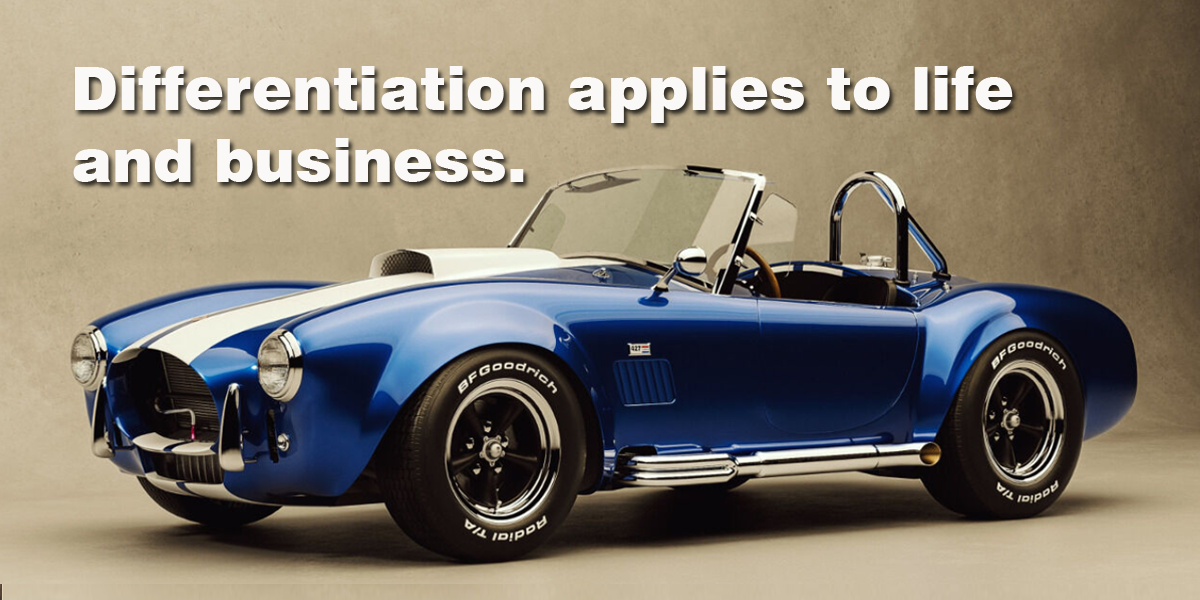
The basic principle of differentiation applies to all categories of life and business.
As a young man, my first goal after getting a decent job was to save and buy the car of my dreams, a 1968 Mustang Fastback, Boss 302. To say that baby was fast is true understatement, but not fast enough for me. So, I went to see my uncle Art who worked as the service manager at a high-end imported car sales and service dealer. Those were exciting times for me. I would visit him while he was at work on Saturdays. Once he finished working on a car, I would join him in the test drive and often got to actually drive some truly exotic cars. I drove one of the first BMWs in the country—they were simple boxy-shaped things back then. Ferrari, Lotus, Bentley, Rolls, Aston Martin, MG, Porsche; you name the car—I got to drive it.
So, I wanted, and I wanted…
But back to my Mustang. In order to give me more speed, my uncle added a four-barrel carburetor and a few other tricky things that improved that rocket on fire for me (after I bugged him enough for what I wanted). Now this was the fast-back model and it looked fantastic. But not fantastic enough for me (typical of an impulsive young guy). So I wanted to place really wide tires in the rear for better looks and more traction which I needed since I already had success shutting down Corvettes on The Boulevard (an extremely wide street behind the high school near my house).

I did get my way despite my uncle’s advice and warning that putting tires that wide on the car would create another set of problems. You guessed it, that’s exactly what happened. The tires were so wide they would scrape badly against the fenders on any bump. My choices were to either remove the tires (no way), or install a lift kit to raise the rear which of course not only solved the tire scraping problem but the Mustang looked really “jacked” that way: high rear end, deep reversed rims and super wide tires. Dual exhaust, and the sound; oh, the sound… okay, it’s a guy thing.
In doing the tire thing I had obviously disregarded my uncle’s warning, and the following expense required heavy duty shocks. This continued a few more times and I was going into hock on the cost of upgrades which I really didn’t need. The car needed nothing except to be driven, When I told my uncle I was thinking of having the car repainted in what could only be called, “Arrest-Me-Red.” He was not very happy with me, so I headed home. Winter arrived and the snow came. I lived with my folks at the time.
It’s 2 a.m. and the snow is falling.
A large open yard behind the house provided parking for our cars. There, my new Mustangsat out in the open with snow falling on it. Around 2 a.m. in the morning I woke with a jolt. I couldn’t take the thought that my shiny new Mustang sat by itself getting loaded with snow, so I proceeded to go out and wipe the snow off as it fell. My father woke up and coming into the kitchen saw the door partially open. He walked out on the back porch and looking down saw his crazy son trying to fight off a snowstorm to protect his car.

Needless to say, his reaction wasn’t quiet. Regardless of my father’s rants, I went out every hour and carefully brushed the snow off my car. By morning the sun showed up and there was a snow coting on the ground and shrubs, but my Mustang was clean! Fortunately, we didn’t get much snow that winter and spring finally showed up. With that I started right back on changing that Mustang. I visited my uncle to discuss more upgrades. He listened and nodded saying he would get back to me.
An awakening.
He phoned that afternoon to say he would be stopping bythe house to show me something really important. I thought, he’s got an upgrade idea for my car. Not quite. I knew he had arrived because the sound of a Ferrari is quite unmistakable. This baby was a1966 Ferrari 275 GBT. I ran at warp speed down the stairs. He parked the Ferrari right behind my Mustang by the curb. Totally enraptured I stared at it, in a trance-like state, it moved fast just standing still. Even the reflections and shadows across the paint were fast.

“Take a good look at it,” my uncle blurted out, “go ahead, walk all around it…look at the lines and the styling.” Oh, I did just that. “Be sure to really get a close look at this vehicle…study it. Now walk around your Mustang and look it over,” he said. I was puzzled by that instruction, but I did it.
“It will never be a Ferrari. Got it?”
Then he hit me with this. Pointing at my car he said, “This is a Mustang.” Then he pointed at the Ferrari and said, loudly, “This is a Ferrari…it’s not a Mustang.” He walked over to my car, “This is a Mustang, not a Ferrari. You can spend all your salary every week for the next ten years and this Mustang will always be a Mustang. It will never be a Ferrari. Got it?”
I stood there with my mouth open as he jumped back in the Ferrari, fired it up and drove away leaving at least 30 feet of rubber on the street. His lesson landed in my brain effectively. I tried to make the Mustang into something it wasn’t. And frankly, it didn’t need to change since that car came already hot right and unique, off the dealer showroom floor. Most young guys would have given a right arm to have that car. I could have enjoyed the excellence of what I had, a beautifully designed, ultra-fast Mustang!
Small is beautiful.
The lesson I learned applies to small businesses exactly the same way. They often make two costly mistakes:
- Companies try to make themselves into something they are not and never will be. They spend money and invest time and effort attempting to be something other than what they are.
- Many companies don’t know who they are. They do not differentiate themselves from other companies. The problem then is that the prospect only has one thing to differentiate a company from a competitor = PRICE! (I have a tough time even writing that sentence.)
Keep in mind small businesses already have something, a product, a service, a body of knowledge…something that makes them distinctive and unique. Unfortunately, they never uncover it or convey it.
When the economy works, it’s because small business works!
Small business. Big problem.
This is a true marketing problem in most small and midsize companies. Those two factors alone hold back the quality level of sales that a company needs to growth profitably. Look at it this way, and if you do, you will create a profitable business.
If you have a business that should stand out, don’t let it blend in with all the others in the marketplace.Stand out and convey your uniqueness because what makes you different is what make you money.
Author
Al Pirozzoli
Vice President of Sales & Marketing
Al is an internationally awarded creative director, writer, author and marketing consultant. He writes on a variety of subjects including business, marketing and sales.
The post New Mustang Story appeared first on Creation Advertising & Design.

